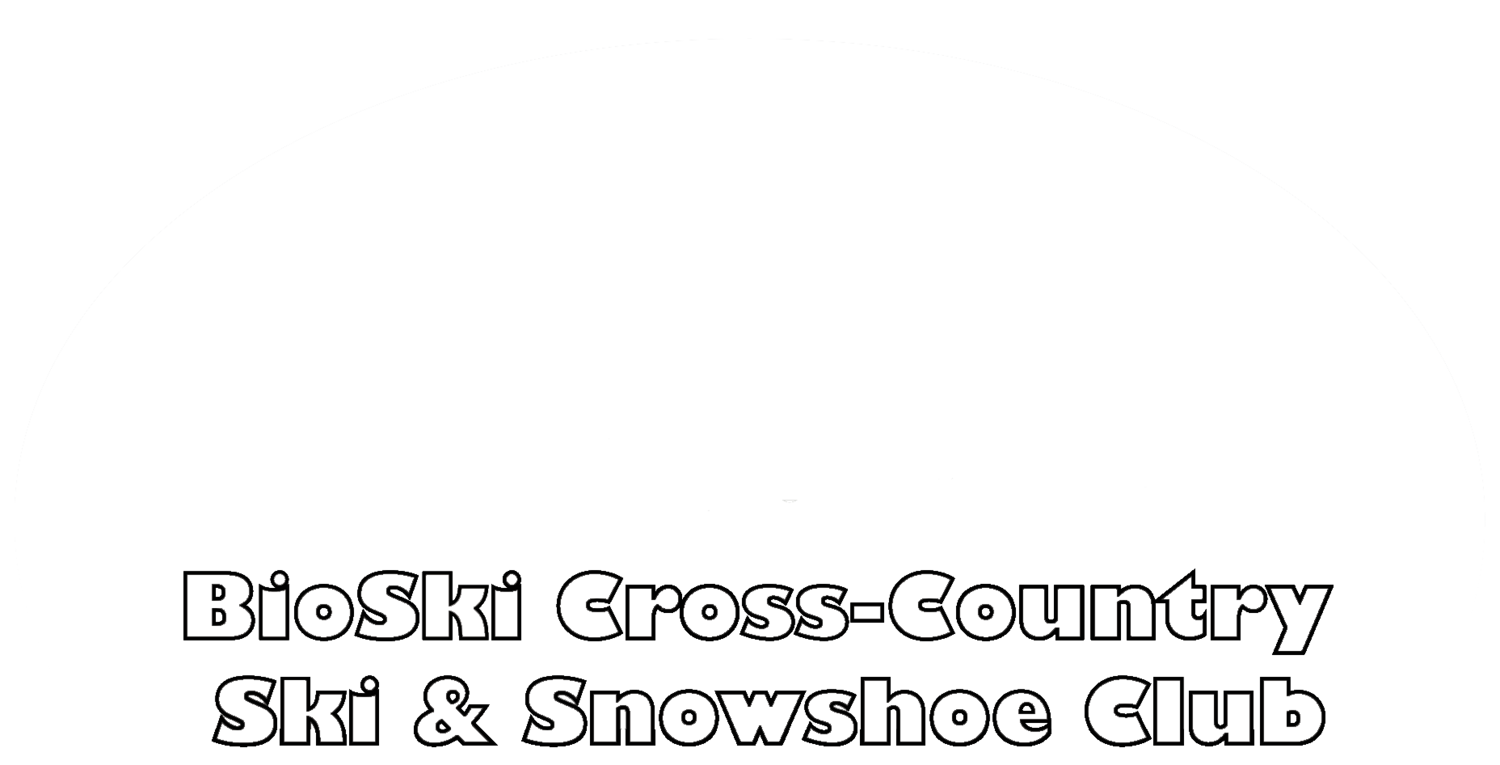
Land Acknowledgement
Bioski is a guest on the traditional territory and lands of the Atikamesksheng Anishnawbek and the Wahnapitae First Nation. This land is governed by the Robinson Huron Treaty of 1850.
About the Club
The BioSki Cross-Country & Snowshoe Club has maintained trails in the Laurentian Lake Conservation Area for classic skiing and snowshoeing since 1974. Our desire is to provide a unique cross-country skiing and snowshoeing experience to residents of our community and to visitors to our region.
The Lake Laurentian Conservation Area, through which the ski trails run represents a mosaic of plant communities including: white birch forest, poplar lowlands, stands of red pine and white spruce alder swamps, marshes and beaver ponds. This habitat diversity provides the opportunity to see tracks of several animals including: snowshoe hare, red fox, red squirrel, porcupine and otter. Chickadees are constant companions and one frequently may see ruffed grouse and woodpeckers.
The club is operated purely on a volunteer basis with a small executive assuming the responsibility for the day-to-day operations of the club. A larger group volunteers their time to the labour intensive tasks of clearing and smoothing trails, construction and upkeep.
Our heated ski cottage is where you can purchase day passes, snacks, hot and cold drinks. There are also washrooms available. If the ski cottage is not open, skiers can place their day user fees in the money box at the trailhead.
Ski cottage hours (subject to weather conditions)
Wednesday: 1 to 4 p.m.
Friday: 1 to 4 p.m.
Saturday & Sunday: 10 a.m. to 4 p.m.
Our History
The trail system dates back to the early 1970's at the time when cross-country skiing in Canada was expanding from a racing activity to a recreational sport.
The Laurentian Lake Conservation Area ski trails were initiated by the student Biology Society and faculty members from Laurentian University with an interest in the outdoors. It is from those beginnings that the club came to be known as "BioSki". While the current membership has grown far beyond just the Biology Society, the name has been retained, not only in homage to the club's roots, but also because the trails were designed to allow skiers to be part of the natural environment.
The system was developed progressively over the years to fill the demand for longer trails over varied terrain. With an increased interest in snowshoeing, one of the five kilometre ski trails was converted into a dedicated snowshoe trail. This change has led to the full name of the club now being the BioSki Cross-Country Ski & Snowshoe Club.




